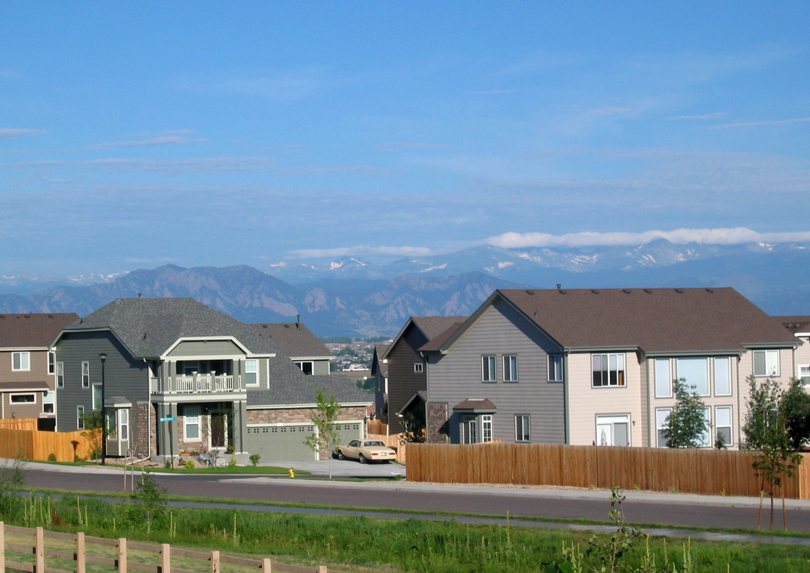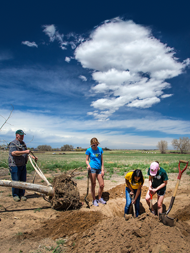Residential Commercial Development
Page Content

Why Is Residential and Commercial Development a Challenge?
Colorado is growing, and often our homes and businesses replace important natural habitat.
What Are Some Examples?
Housing and urban areas: homes, schools, offices, hospitals, shopping areas.
Commercial and industrial areas: factories, power plants, airports, malls.
Tourism and recreation areas: golf courses, baseball parks, ski resorts, campgrounds.
What Are The Effects?
Plant and animal communities are often displaced.
Limited resources, and the increased competition created, can negatively shift species dynamics.
Weeds and non-native plant species may outcompete native plants.
Waterway manipulation, to supply development, can produce harmful runoff and erosion.
Natural habitat becomes increasingly fragmented.
Natural and recreational areas surrounding development can experience increased human pressures.
What Is CPW Doing?
 As a keystone species, many other species rely on the habitat prairie dog colonies create for survival. CPW works to pinpoint and focus conservation resources on the most important white-tailed prairie dog habitat, preserving habitat size and connectivity while mitigating the impact of human developments.
As a keystone species, many other species rely on the habitat prairie dog colonies create for survival. CPW works to pinpoint and focus conservation resources on the most important white-tailed prairie dog habitat, preserving habitat size and connectivity while mitigating the impact of human developments.
Cavity-nesting species, like owls, often mistake artificial structures for natural cavities. Once one of these birds falls down a vault toilet pipe, they are unable to get out on their own. CPW’s resource stewardship team, in collaboration with the Teton Raptor Center,
began installing vents to prevent such accidents, and now have all pipes in Colorado’s state parks covered.
Colorado’s state parks provide seasonal homes and resources to many migratory species which face limited opportunity in a landscape fragmented and divided by human development. CPW’s
Resource Stewardship Team embraces a systems approach when managing parks, ensuring the presence of high-quality habitat ‘islands’ to help species navigate such threats.

